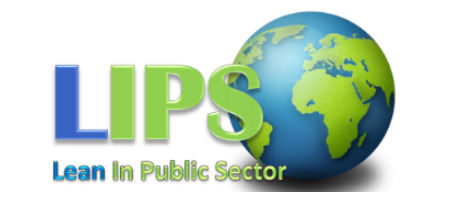TPS is the most prominent and visible element of Toyota’s story, but it’s not the only one. There is a relatively hidden – if not invisible – part of the story that is often overlooked and yet contributed so much to the company’s success: harnessing the power of suggestions and taking on ideas from employees. Indeed, suggestion schemes and the work of the creative ideas office is the backbone of any Toyota operation from a team member engagement perspective.
The creative ideas office is constantly capturing ideas, identifying potential solutions to the many minor problems that team members experience every day at the workplace. These ideas and suggestions inform the use of the TPS tools and methods.
The activities of the suggestion system are seldom publicized or talked about as a process in the broader sense of the term. Usually, TPS tends to be the attention grabber. Yet, suggestions systems make up an essential element of team member and people engagement. They are a cultural enabler that takes team members’ direct input on what could be improved and how to make the work “a little bit easier”, as the mantra goes. They highlight improvement opportunities.
Such an approach to harvesting ideas and nurturing suggestions has been used and refined in Japanese plants since the early 1950s. However, it is not unique to Japan. To varying extents, it has also been rolled out at many of Toyota’s offshore sites. The deployment of suggestion schemes has been prevalent across the company since the late 1980s, when Toyota moved into the North American market and started to build a global manufacturing footprint.
Suggestions and creative ideas have contributed to a constant reduction in Toyota’s internal manufacturing costs in prior years. Tens of millions of suggestions and ideas have been captured and synthesized over the decades, ultimately impacting their bottom line. These well-entrenched method for collecting and assessing suggestions goes through a rigorous screening process: team members always present ideas to their managers to ensure they thoroughly understand them and can explain the benefit they would lead to.
Ultimately, the entire process is directly overseen and led by the most senior company officials. Why is that? You have to consider the scale and the scope to take the creative idea or suggestion and then have the authority, power, and oversight to imagine the benefit of implementing it everywhere. As a senior executive at Toyota leading this process, you can make these changes happen everywhere if you can prove they would result in a robust improvement with a multi-site impact. No matter how small the improvement, you can get considerable gains if you apply it across sites.
Toyota widely acknowledges that if you want to successfully run a business as CEO or President, you need to have led or overseen the suggestion/creative ideas office in Japan to qualify for a shot at the big chair. This means that such a process is seen as a solemn part of servant leadership development for corporate executives.
Has your business and lean approach got a grassroots suggestion scheme in operation that looks at creative ideas like Toyota does? How are you directly connecting with your employees to grasp concepts and nurture the generation of suggestions from within the operations? Are you using a process or system that is accessible and open to all employees? Are you continuously harnessing these ideas from all your employees in a forum where you can grasp powerful or great concepts?
Maybe it’s time to rethink your strategy and make a change, perhaps re-aligning and reigniting your business’ interest in tapping into this pool of potential wealth.

